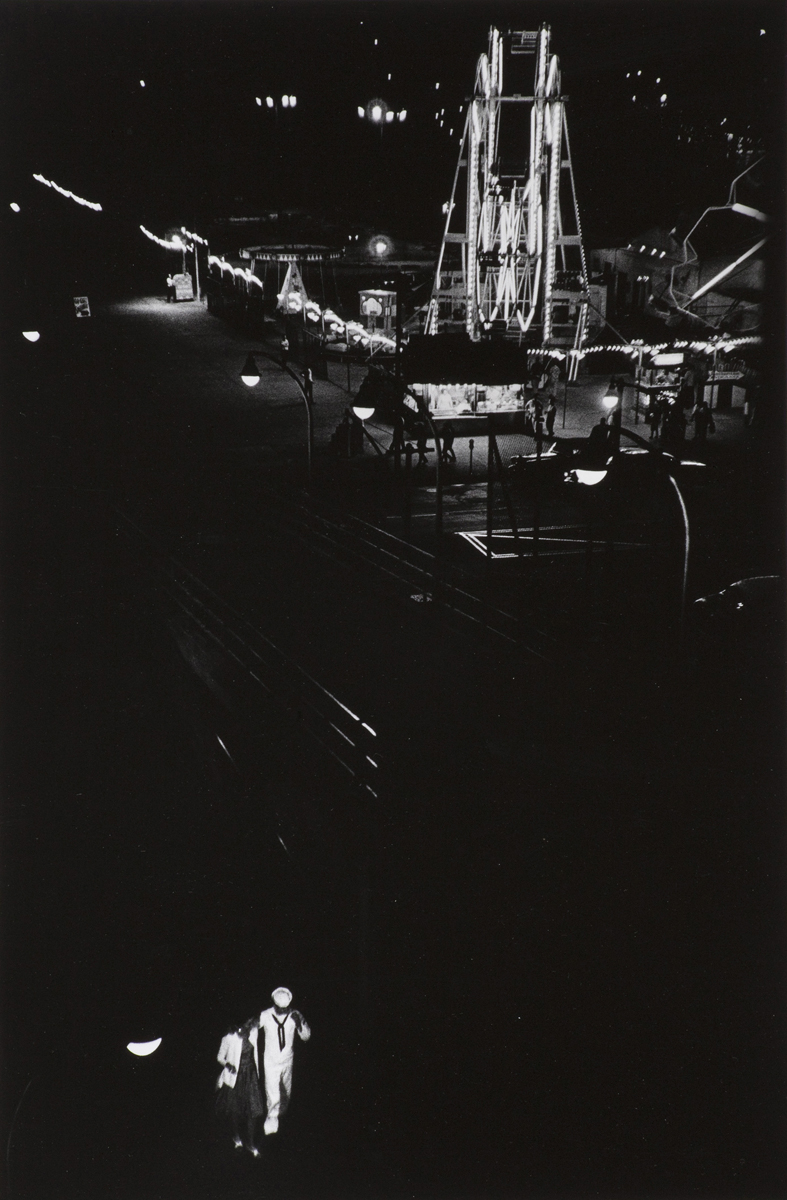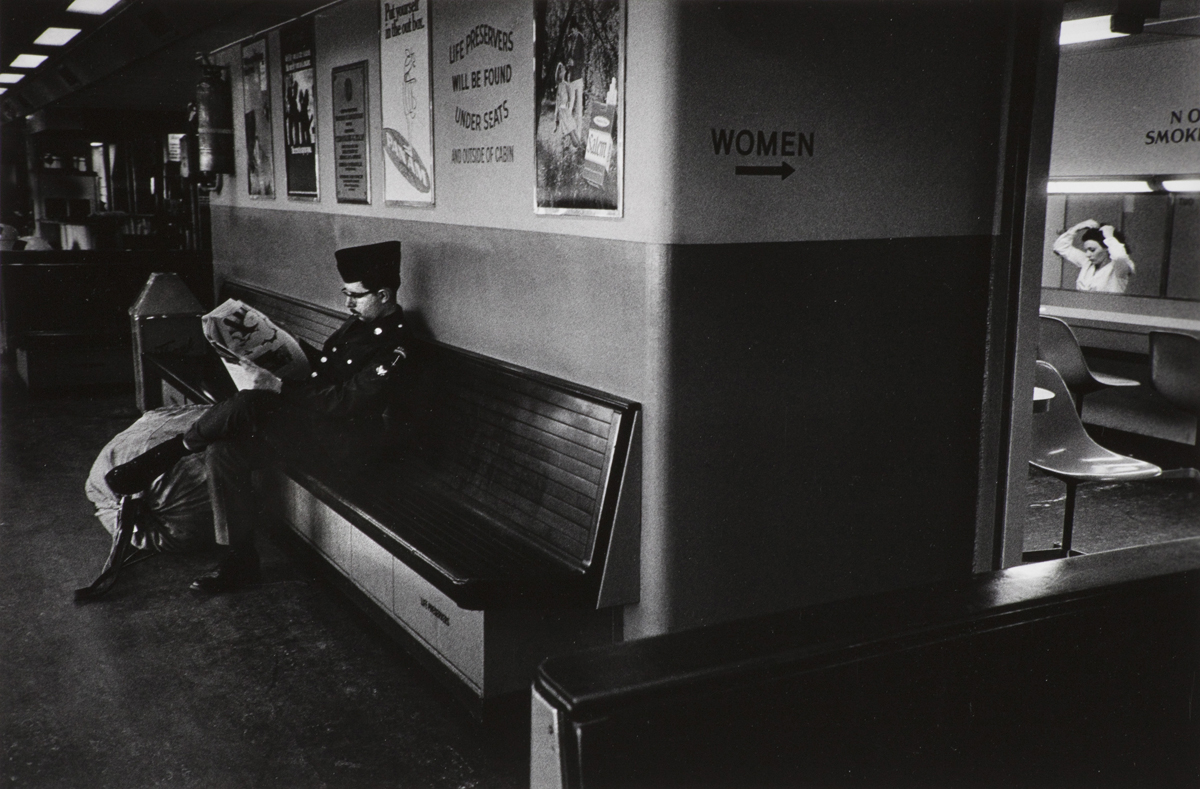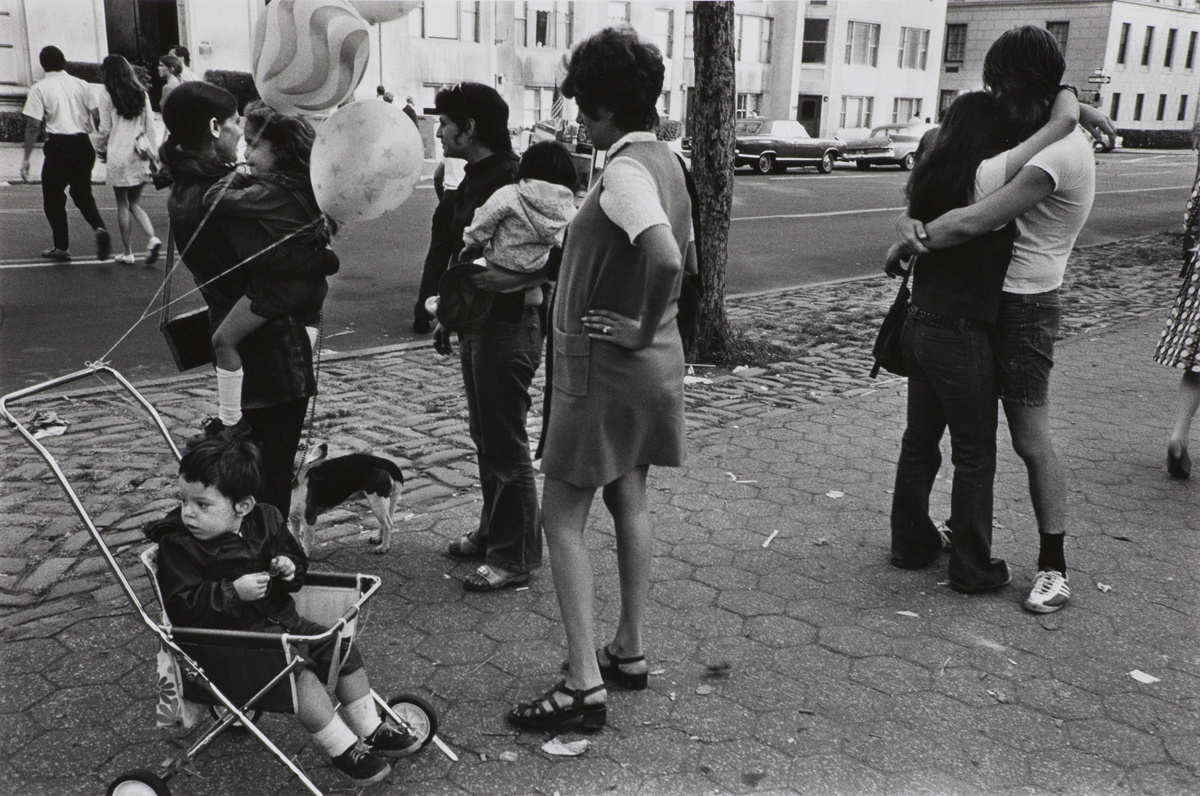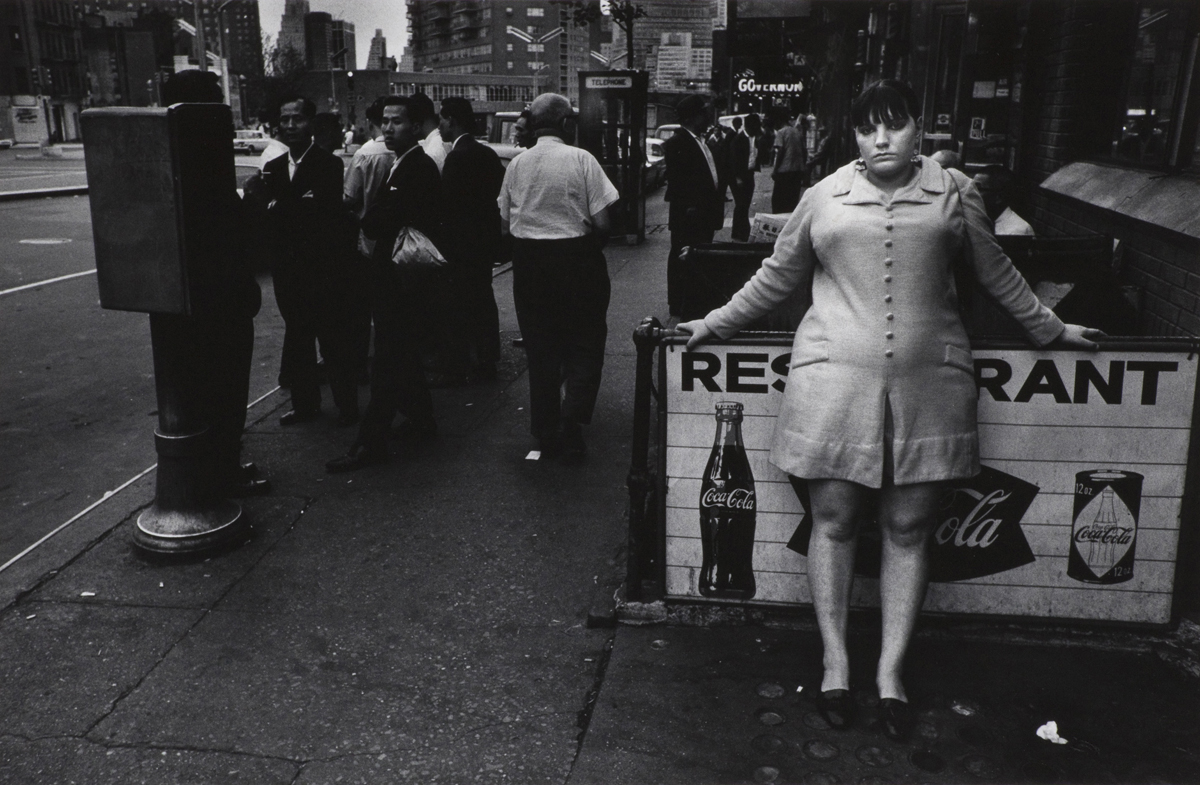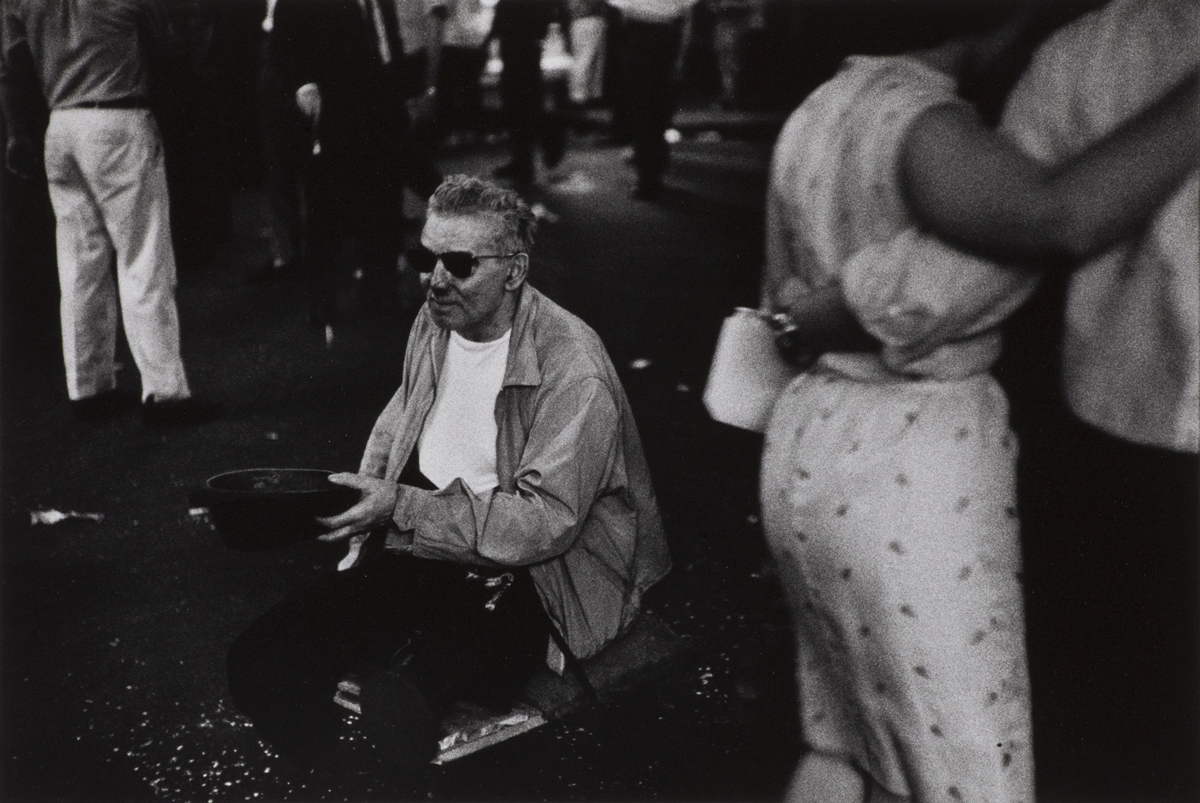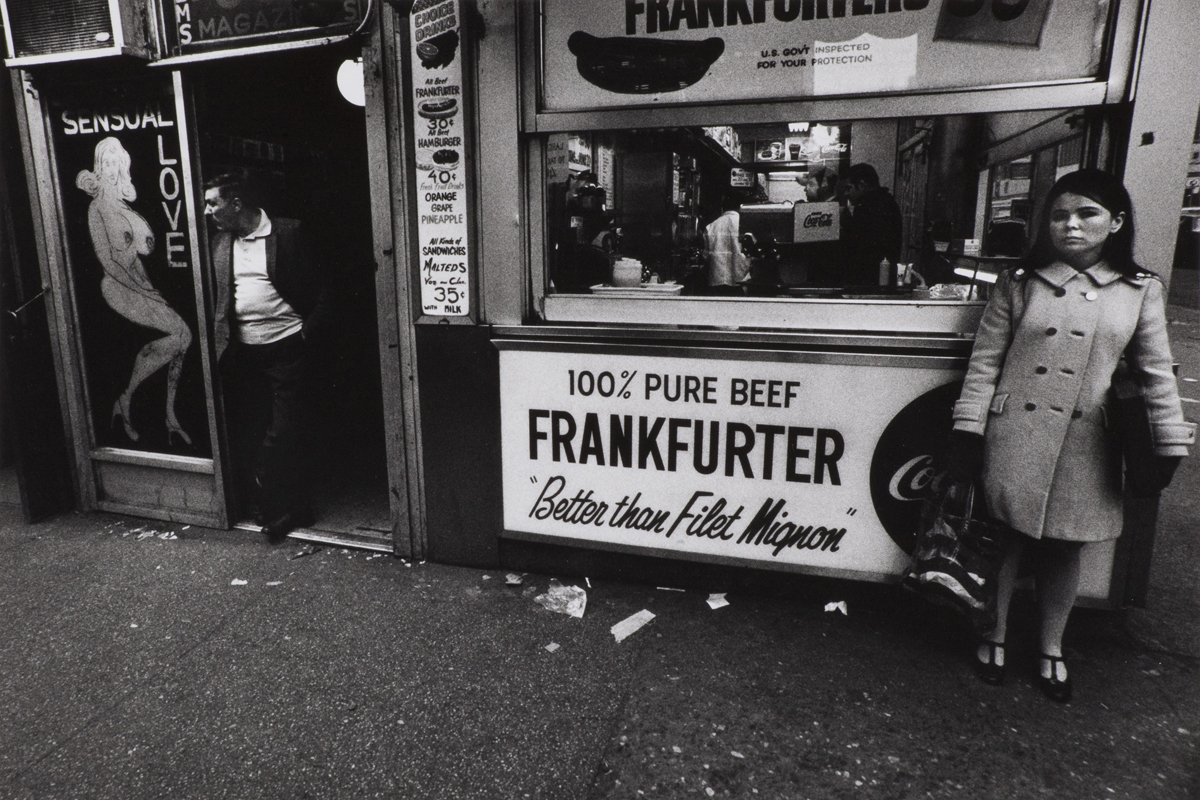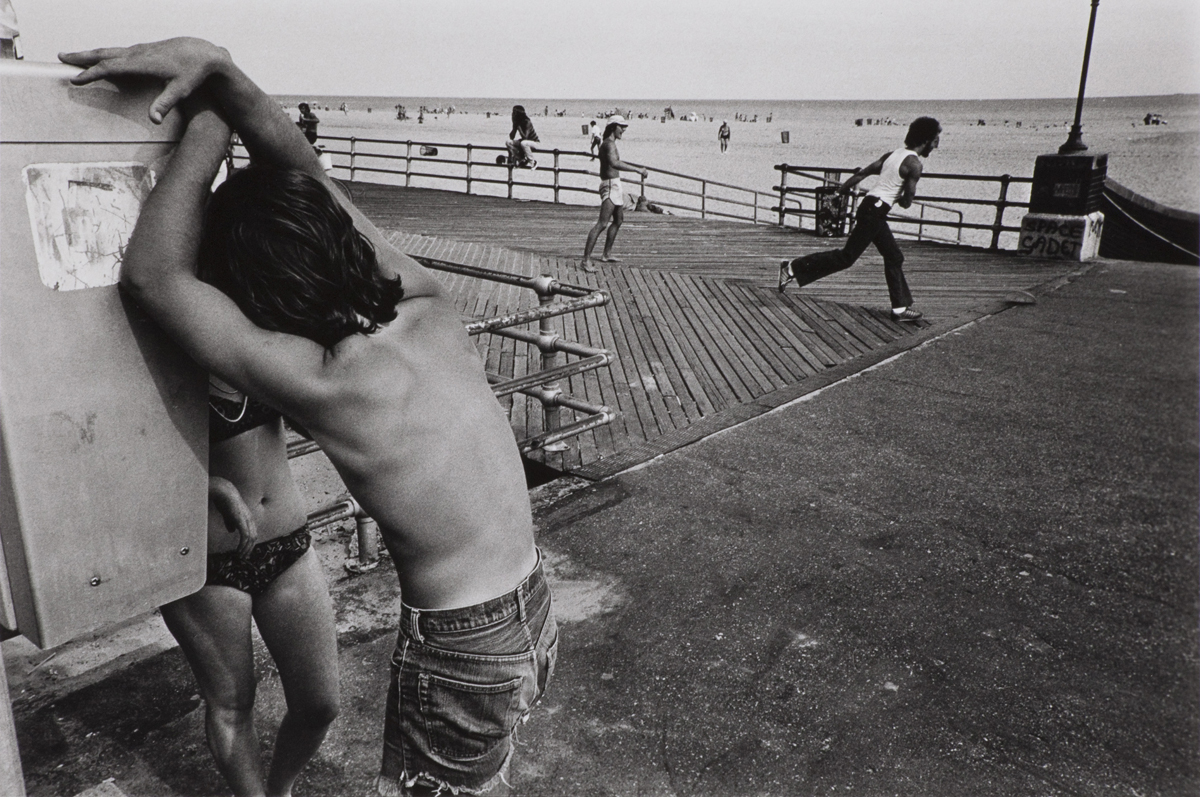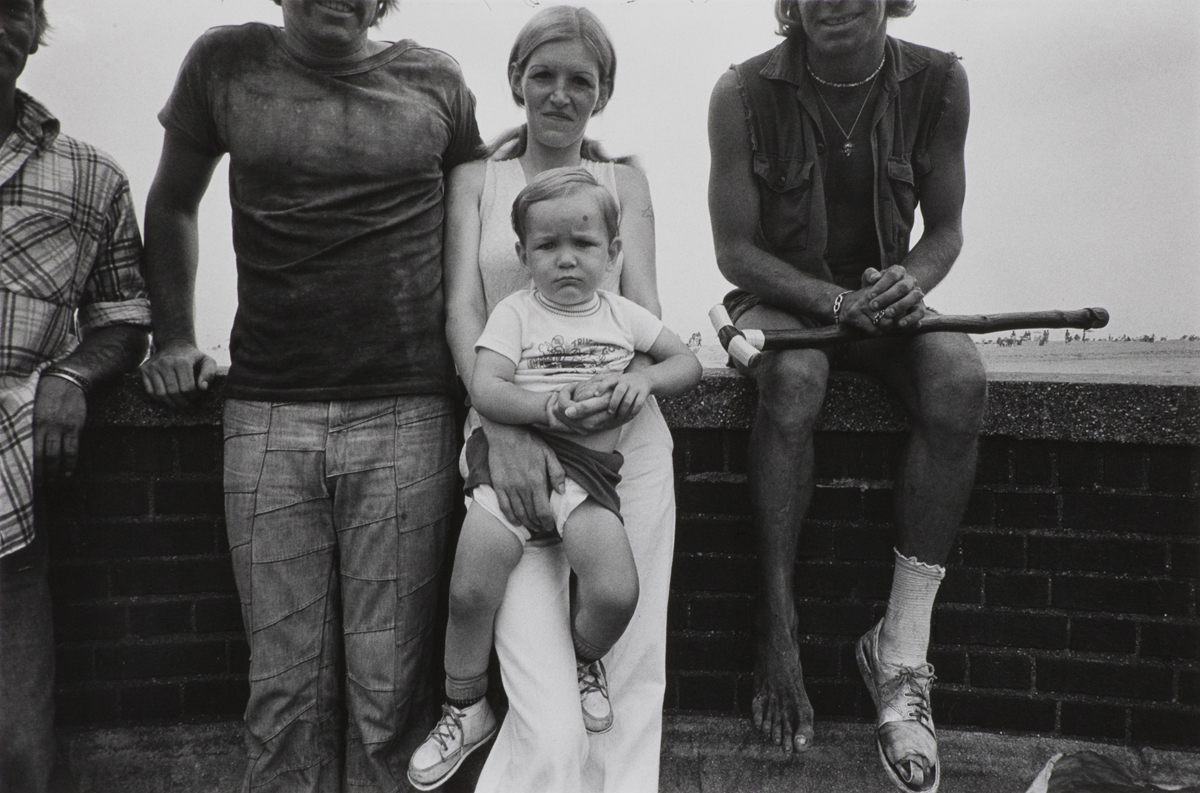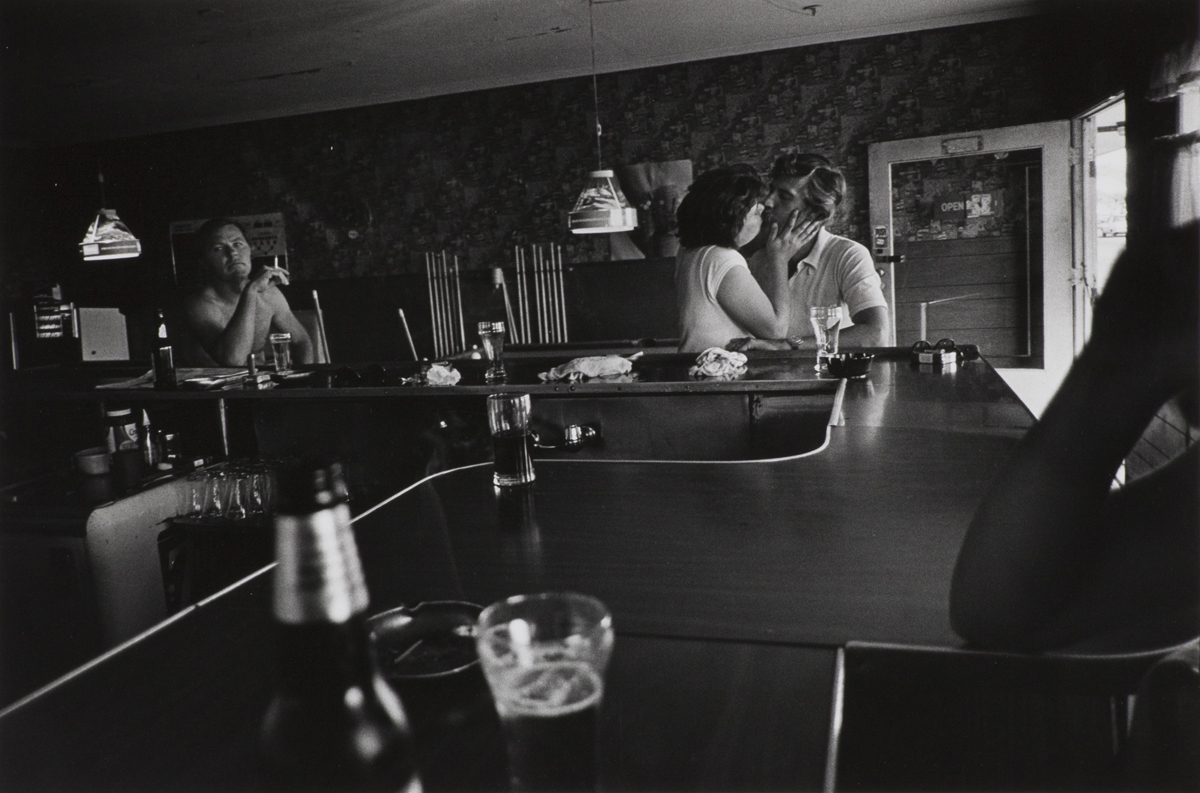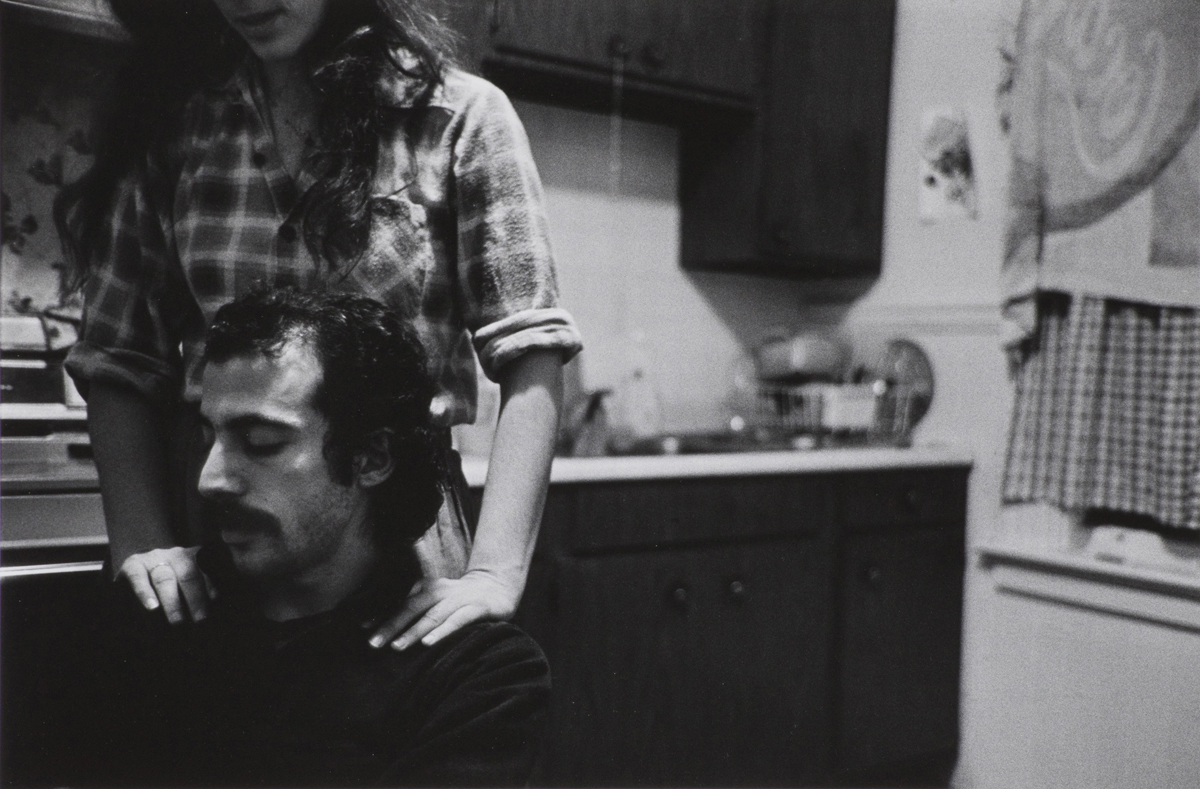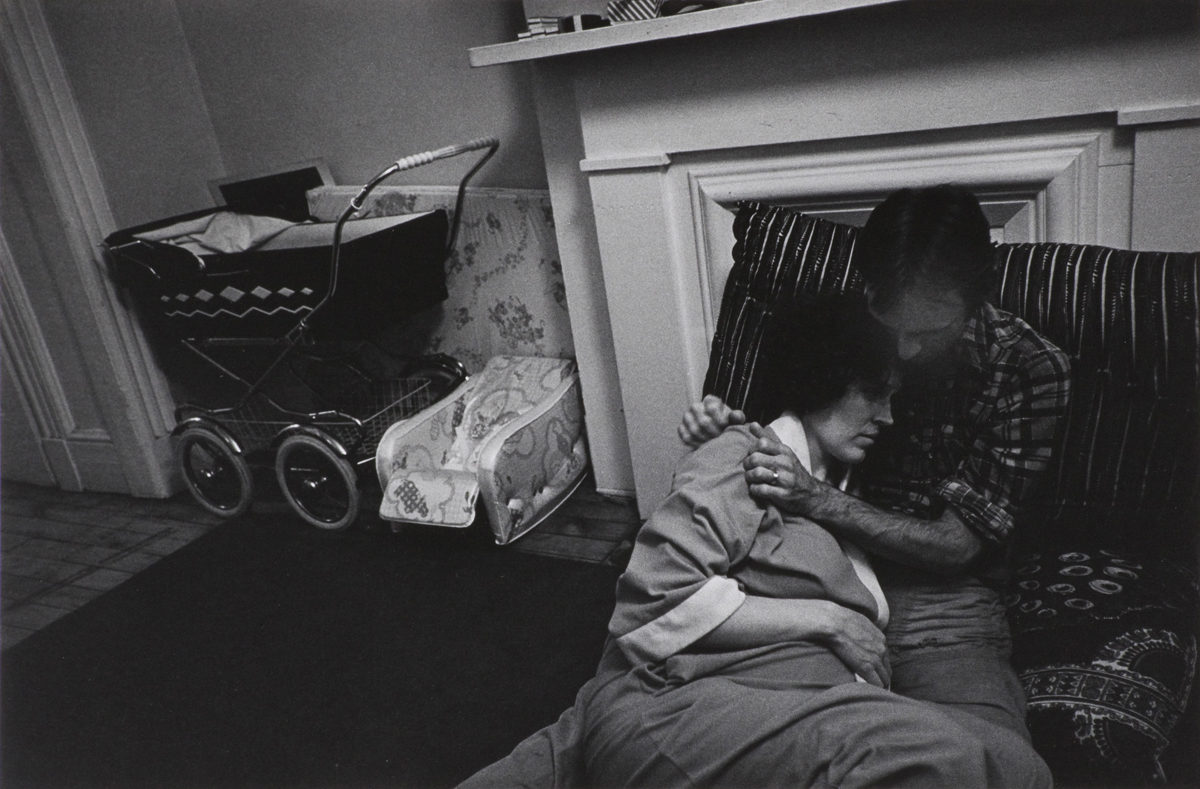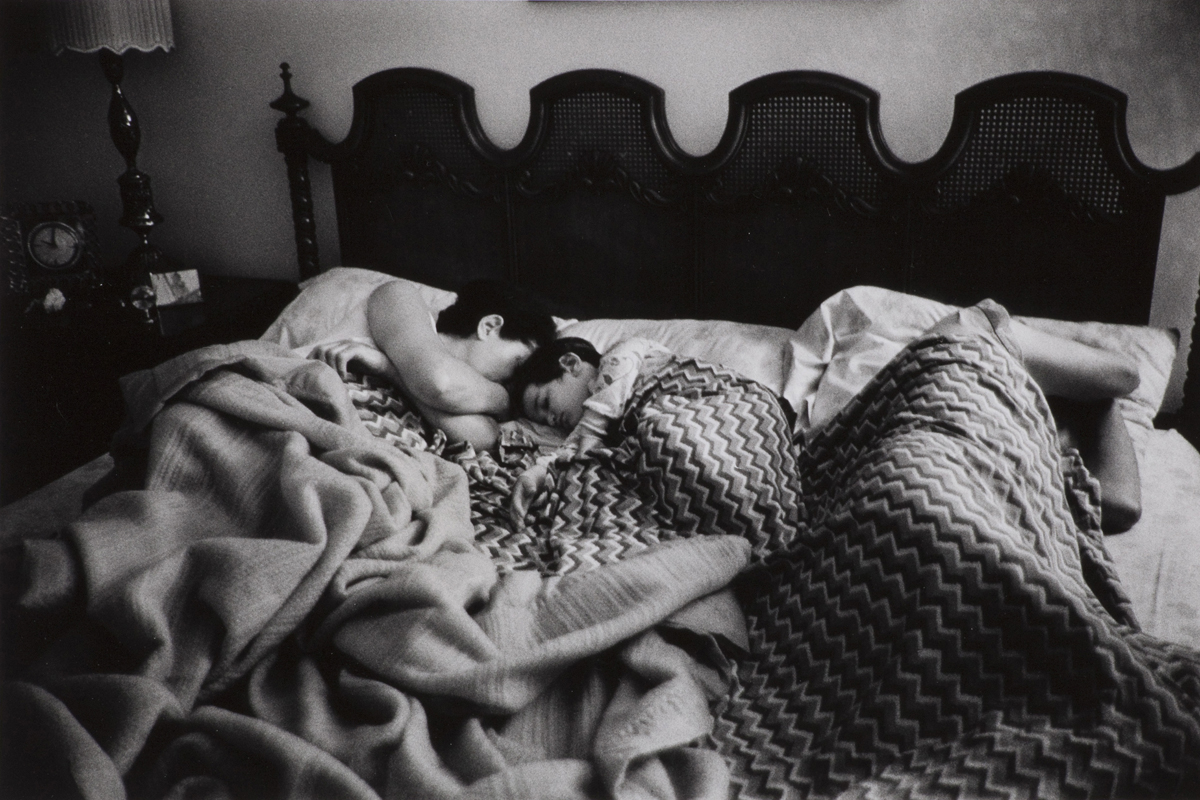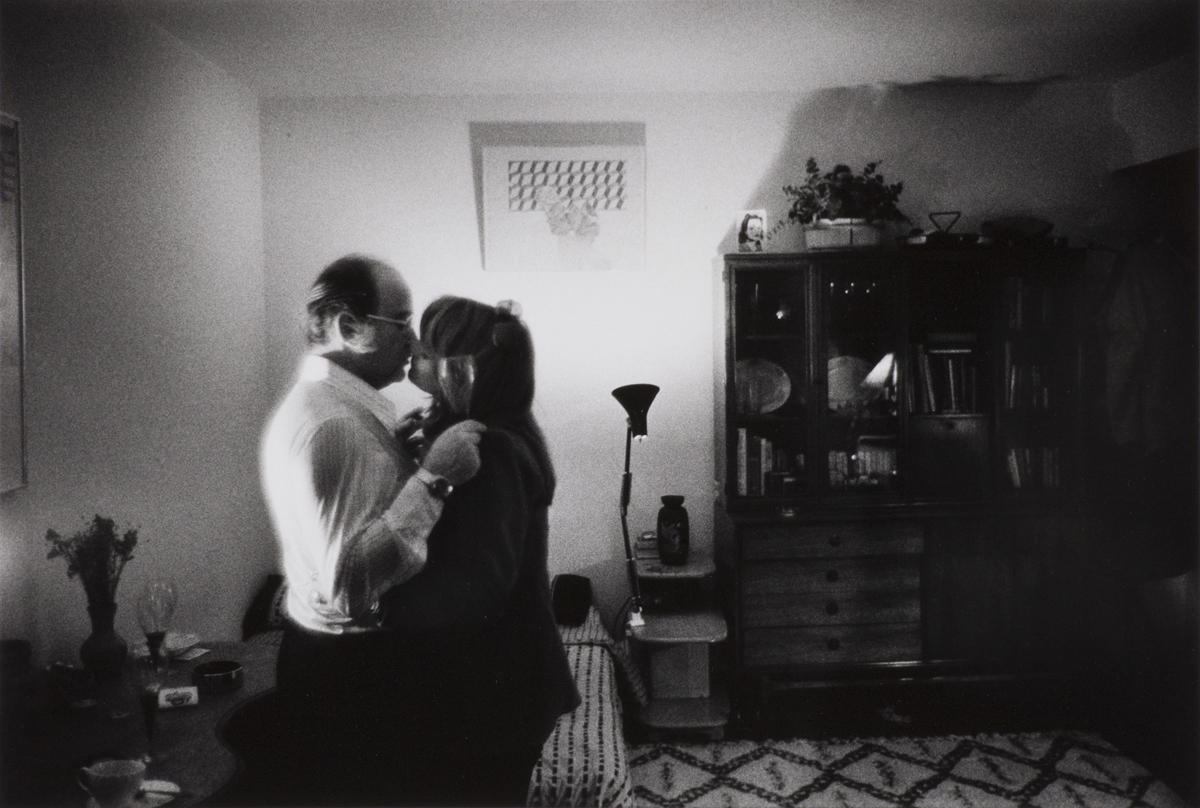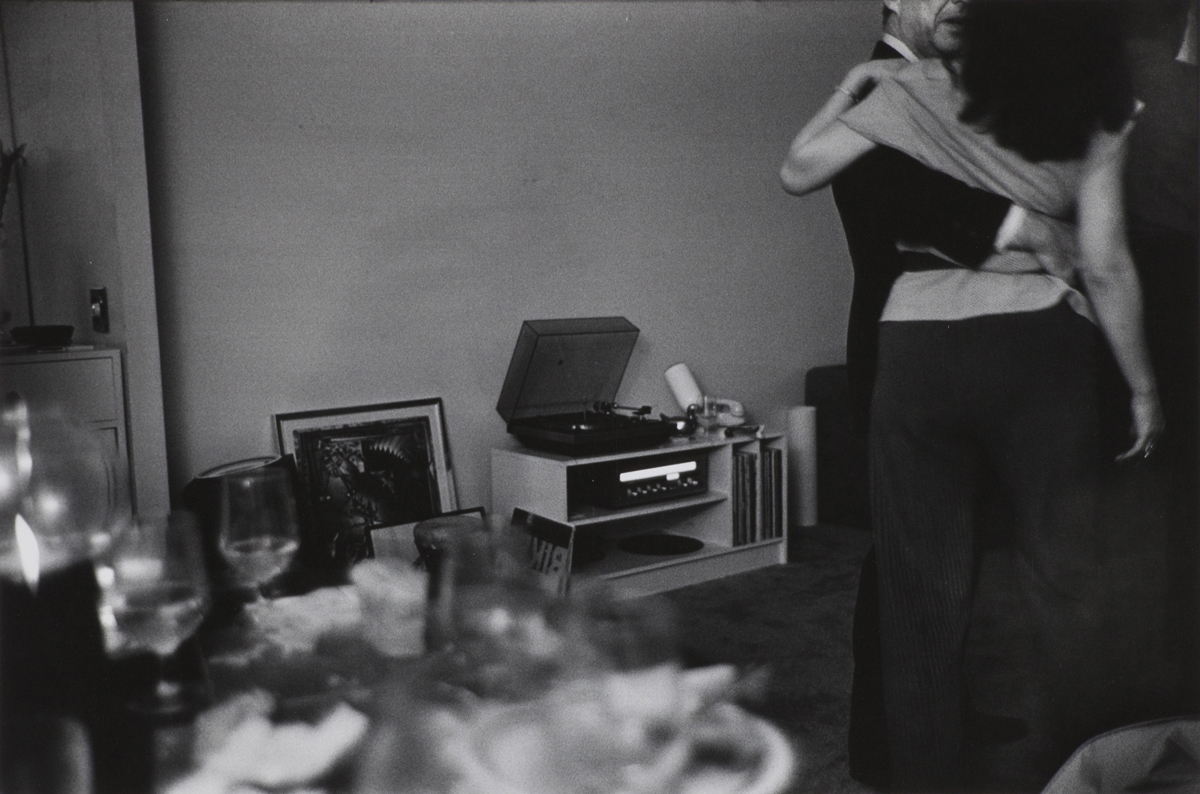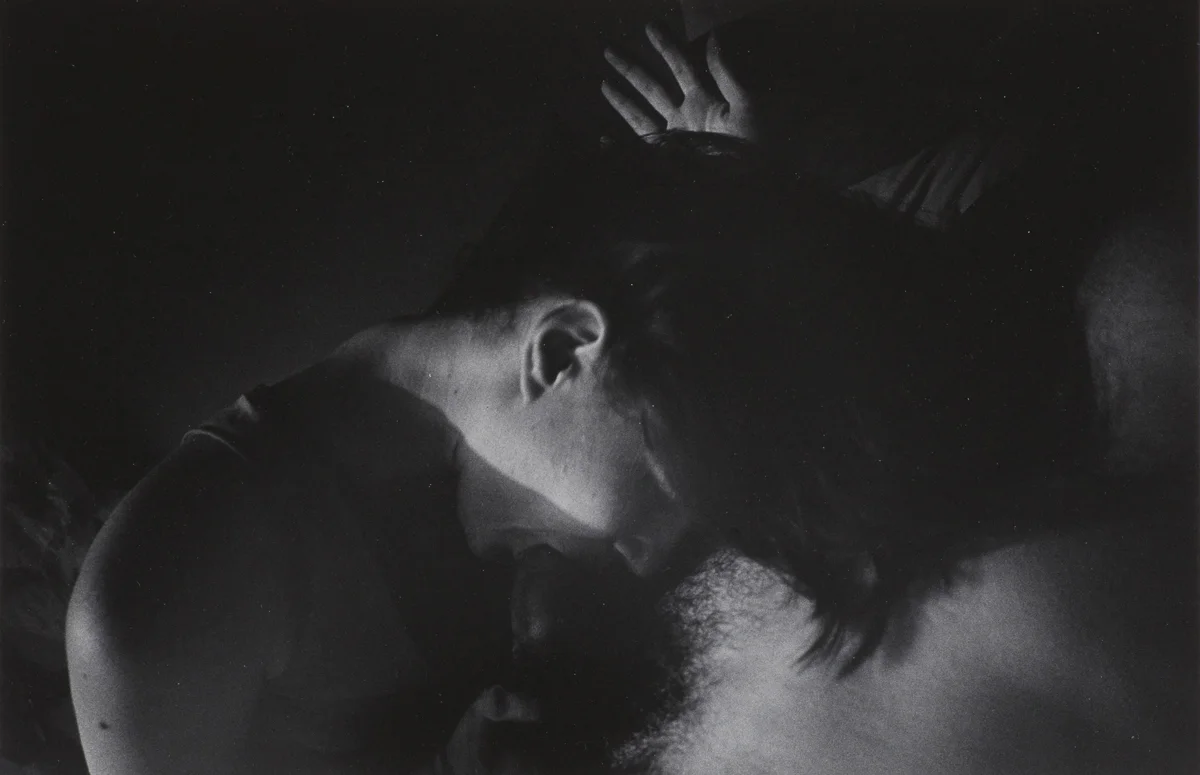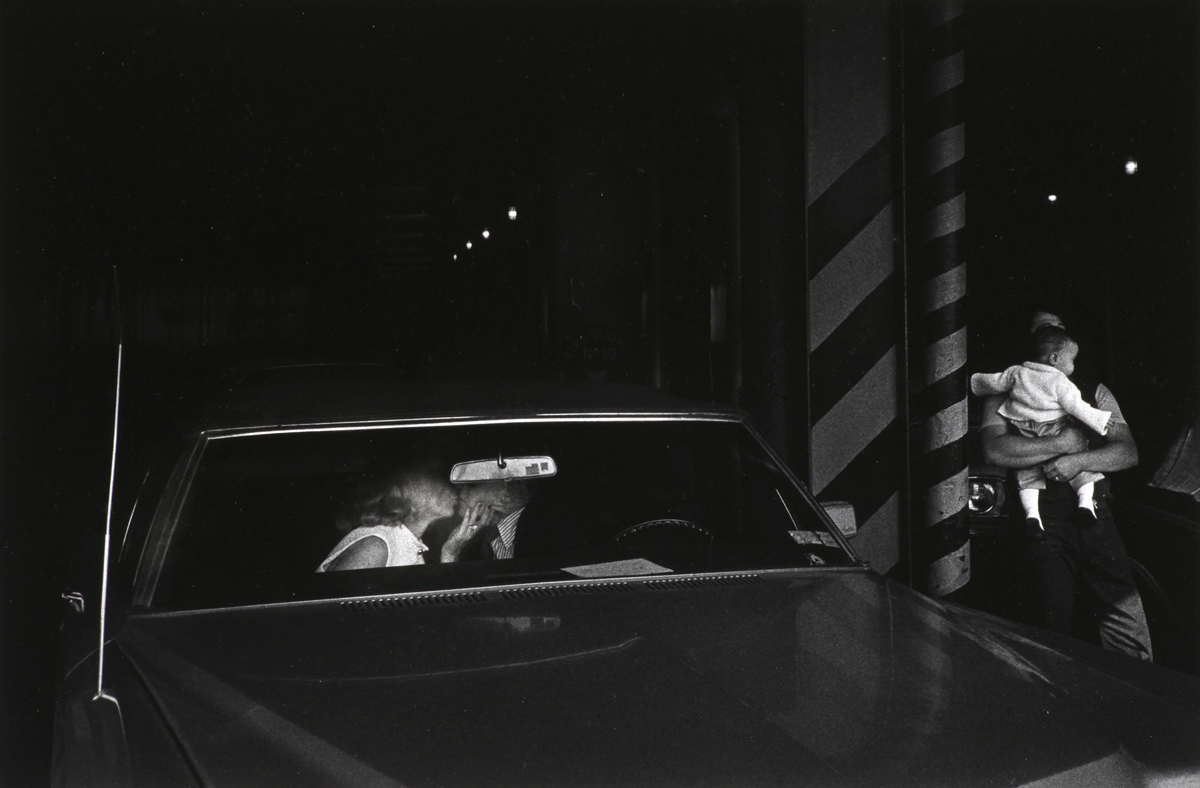Julio Mitchel
Julio Mitchel Do You Love Me?
June 6 - 30, 2013
Born and raised in Cuba, Julio Mitchel moved to New York City at the age of seventeen and it has remained his home ever since. Do You Love Me? is Mitchel's lifelong project which began in the 1960's and will continue as Mitchel himself proclaims: "until the day I die." Strong in gesture, Mitchel's images document the act of searching or touching, reaching out, grasping and embracing one another.
Nan Richardson, Editor with Umbrage Editions writes, "In this series Mitchel holds a mirror to our deepest desires and our collective loss. He opens us to uneasy personal scrutiny, asking, in the very title, the one naked, all-important question, 'do you love me?,' knowing, in a grave and confrontational way, that there will be many answers - each insufficient."
His work exhibits the empathy of great documentary photographers but his vision is rendered with the aesthetic control of a fine art photographer. As a young artist, Mitchel studied with Lisette Model and was influenced by the work of W. Eugene Smith. Once considered too "artsy" for newspapers and magazines and too journalistic for art galleries, Mitchel pursued his work ignoring what others thought.
"The photographer Elaine Mayes once said to me that if you do good work, stay true to your process and vision and live long enough, sooner or later the art world will come around to you and you'll be in fashion."
Julio Mitchel has exhibited his photography internationally and his is also represented in numerous permanent collections, including the Museum of Modern Art and the International Center of Photography, New York, the San Francisco Museum of Modern Art, The Museum of Fine Arts, Houston, and the Corcoran Gallery of Art in Washington D.C. He is the recipient of two grants from the National Endowment for the Arts and has published two books, Tu Me Amas? (1991) and Triptych (1990). He taught photography in New York at the School of Visual Arts, the Cooper Union, and the New School. Now retired from teaching, he spends his days organizing more than 20 years of images from four lifelong projects, many of which remain unseen.

